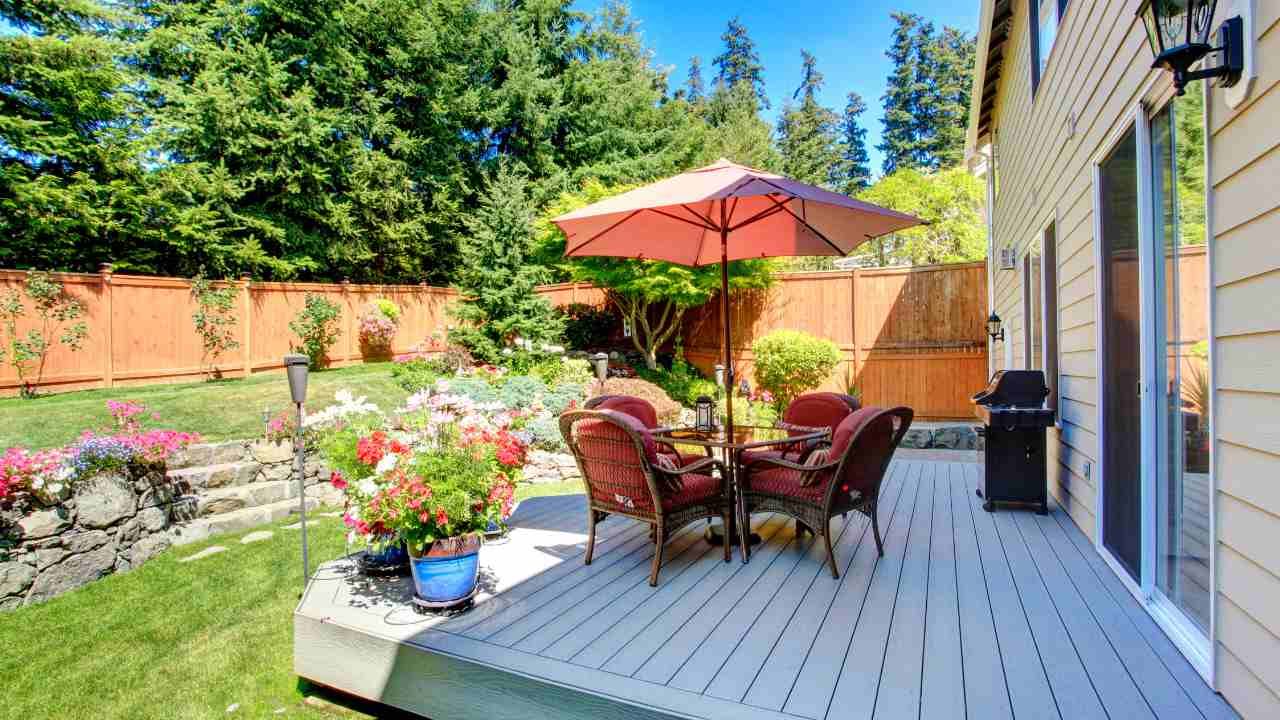Creating a Pollinator-Friendly Garden in Connecticut: Attracting Bees, Butterflies, and Birds

In the heart of Connecticut, more homeowners are discovering the beauty and ecological benefits of pollinator gardens. If you’re considering updating your outdoor space with landscaping in New Haven CT, creating a garden that attracts bees, butterflies, and birds is one of the most rewarding projects you can undertake.
This article will show you how to design a thriving pollinator-friendly garden—from choosing the right plants to creating natural habitats—so your landscape becomes a vibrant, buzzing haven that supports local ecosystems.
Why Pollinators Matter
Pollinators are essential to life as we know it. Bees, butterflies, hummingbirds, and even certain beetles play a critical role in helping flowers produce fruits, seeds, and new plants. Over 75% of flowering plants rely on animal pollinators, including many of the fruits and vegetables we eat. But with urban development and pesticide use on the rise, pollinators are struggling. That’s where your garden can make a real difference.
Choose Native Plants That Bloom in Every Season
Pollinators thrive when they have access to nectar and pollen throughout the growing season. One of the best things you can do is plant a variety of native flowers that bloom at different times of the year:
- Spring bloomers: Columbine, wild geranium, bluebells
- Summer standouts: Bee balm, black-eyed Susans, milkweed
- Fall favorites: Goldenrod, asters, Joe-Pye weed
Native plants are adapted to local conditions and require less maintenance, water, and fertilizer—making them both pollinator- and budget-friendly.
Design for Diversity and Shelter
Think of your garden as a habitat, not just a flowerbed. Pollinators need more than just food—they also need places to nest, rest, and take shelter from predators and harsh weather.
Here’s how to support their full lifecycle:
- Leave some bare ground for solitary bees to nest.
- Avoid using pesticides which can harm pollinators directly or eliminate their food sources.
- Include flowering shrubs and trees to provide shelter and nesting materials.
- Add water sources, like a shallow dish with stones for bees to perch on while they drink.
A mix of plant heights, shapes, and colors helps attract a wider variety of pollinators and adds visual interest to your yard.
Case Study: From Plain Lawn to Pollinator Paradise
When the Mitchells of Westville hired Avalanche Landscaping to revamp their backyard, their main goal was to bring life back into their dull, high-maintenance lawn. Working with local experts, they swapped out turf for layers of flowering perennials, native grasses, and berry-producing shrubs.
Today, their yard buzzes with bumblebees, flutters with monarch butterflies, and hosts hummingbirds during the summer months. Not only did their property value increase, but so did their appreciation for nature’s quiet visitors.
Get Professional Help if You’re Unsure Where to Start
Creating a pollinator garden doesn’t mean you have to overhaul your entire yard at once. Even a small corner planted with purpose can make a difference. But if you’re unsure how to design your space or select the right mix of plants, partnering with a local pro can help you get it right from the start. Providers like Avalanche Landscaping offer eco-conscious landscaping services that support pollinator health and fit your lifestyle.
Your Garden Can Help Save the Bees
With just a little effort, you can create a space that’s beautiful, beneficial, and buzzing with life. Whether you’re planting your first milkweed or designing a full-scale pollinator paradise, every step you take helps protect the tiny creatures we all depend on.
Ready to bring more life to your garden? Reach out to a local landscaping design expert and start your journey toward a more vibrant, eco-friendly outdoor space today.

